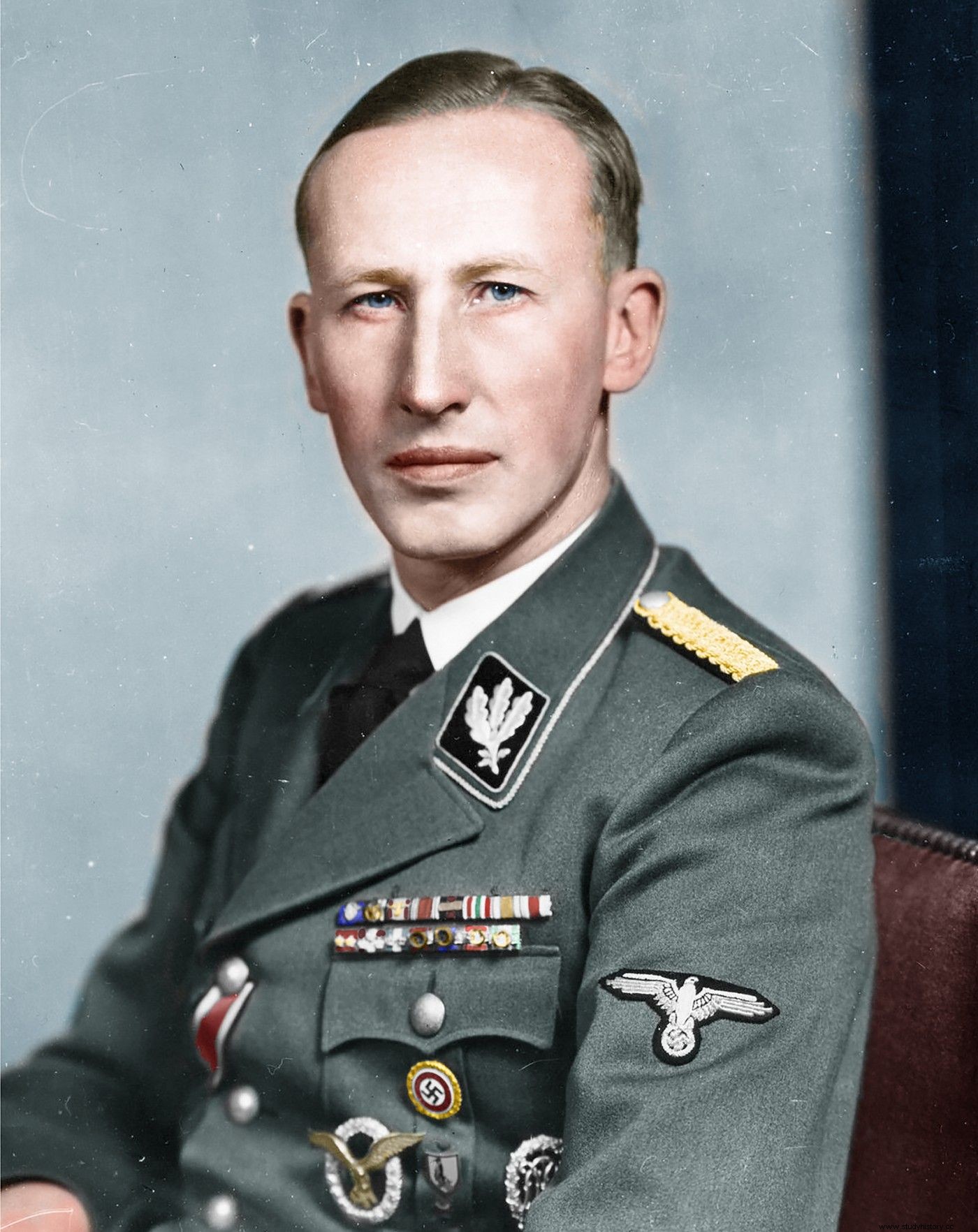They have ransacked dozens of museums, archives and colleges, stealing everything of value to our heritage. It is largely on their shoulders - the Berlin professor of prehistory, Paulsen and his eager helpers - that are responsible for the losses of Polish culture amounting to $ 20 billion.
Almost every monument and work of art in Poland is a "testimony to the history of the German nation" and the historic "mission of German settlers":"distinguished propagators of Western civilization" in barbaric and neglected areas.
This was the idea behind German scientists, historians and soldiers entrusted with the task of plundering Polish cultural heritage after the Second Polish Republic was conquered by the Third Reich.
Theft professor
The action of "securing" the monuments was to be undertaken by a specially appointed department under the command of SS-Untersturmführer, professor of prehistory at the University of Berlin, Peter Paulsen, named after him Einsatzkommando Paulsen.
In addition, in the field, this commando of "looters" was to be supported by the infamous Einsatzgruppen formations. Formally, the branch was subordinate to the head of the Main Reich Security Office, Reinhard Heydrich.

Formally, the Einsatzkommando Paulsen was subordinate to Reinhard Heydrich himself.
The biggest plunder
The most important action carried out by the Einsatzkommando Paulsen was to find and take to the Reich the altar of Veit Stoss. The Germans quickly found this masterpiece of sculptural art with an "evidently German character". On October 1, Paulsen sent three furniture cars to Sandomierz for him. As he later reported:
Transporting the sculptures by Veit Stoss turns out to be quite difficult. Military movements make it very difficult (…). The chests from the cathedral in Sandomierz are large. Four of them weigh eight hundred kilograms each. Due to poor road conditions, we had to drive without a trailer, and for safety reasons only during the day.
The altar elements found in Sandomierz were initially sent to Berlin, from where, by Adolf Hitler's decision, they were transported to Nuremberg, the place of birth and death of Wit Stwosz. The remaining parts of the work were soon transported there as well. The complete altar was to be placed in a special air-raid shelter.
This was met with great dissatisfaction by Hans Frank, who was against the export of any works of art from the area he managed. Moreover, the right to the Marian altar was claimed by the SS. The Führer, however, did not intend to change his decision.
Disputes between bandits
On a larger scale, Paulsen was thwarted by the arrival of SS-Sturmbannführer Dr. Kajetan Mühlmann from Vienna, who on October 9, 1939 received from Hermann Göring a power of attorney to secure works of art in the occupied territory of Poland. As there were two competing teams of "plunderers", there were competency disputes.
The problem was solved at a conference in Krakow on October 28, 1939. From that day on, Paulsen's group was to deal with "securing" prehistoric objects and scientific goods.
Unrepaid losses
Einsatzkommando Paulsen operated in Krakow until the end of October. At that time, the collections of institutes of the Jagiellonian University and the Mining Academy were reviewed in terms of their further use. Part of the library collection of the Faculty of Law of the Jagiellonian University was donated to Berlin.
On October 30, Paulsen's group left for Warsaw. From there, part of the collection of the Sejm Library was shipped to the capital of the Third Reich. The most valuable items from the resources of the Zamoyski Estate Library were packed into boxes and handed over to the local SD facility (Sicherheitsdienst - SS Security Service).

Due to the arrival of the SS-Sturmbannführer, Dr. Kajetan Mühlmann, Paulsen was to "secure" prehistoric objects and scientific goods. In the photo, Mühlmann is sitting in the middle.
The State Archaeological Museum has also lost several thousand exhibits and a large part of scientific literature. Part of the animal collection, specialized books and optical instruments were brought to Salzburg from the State Zoological Museum.
Paulsen's team also penetrated Warsaw universities. According to the Germans, as many as 100 railway carriages and a certain number of trucks were needed to transport only the devices and collections of the Warsaw University of Technology. The library of the University of Warsaw also aroused great interest. It has been estimated that 450-500 lorries were needed to remove its crops.
The collections of the Seminary of German Philology must have gone to Berlin. In addition, the vetting covered:Warsaw University of Life Sciences, Warsaw School of Economics and Wolna Wszechnica Polska.
Bibliography:
The article is an excerpt from the book by Dariusz Kaliński entitled "Balance of harms. What the German occupation of Poland really looked like. ”
